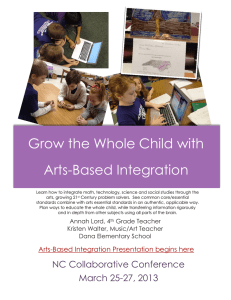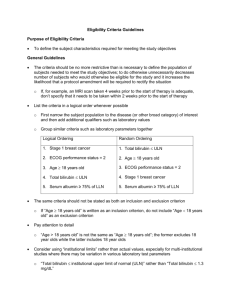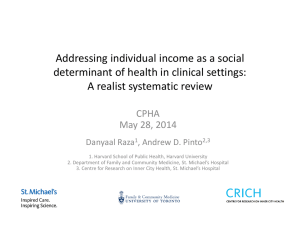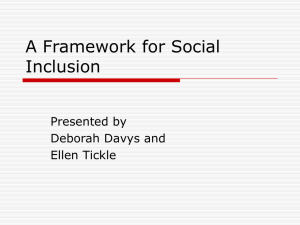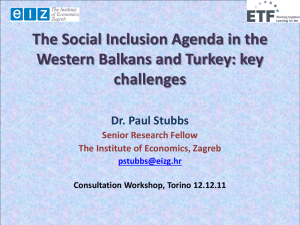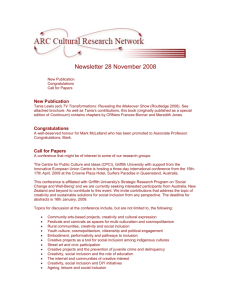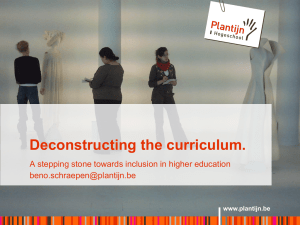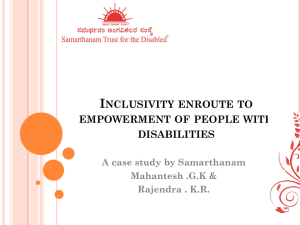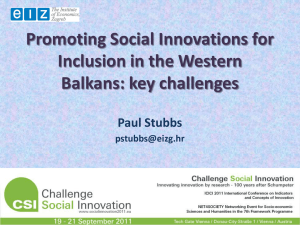supplement 2
advertisement
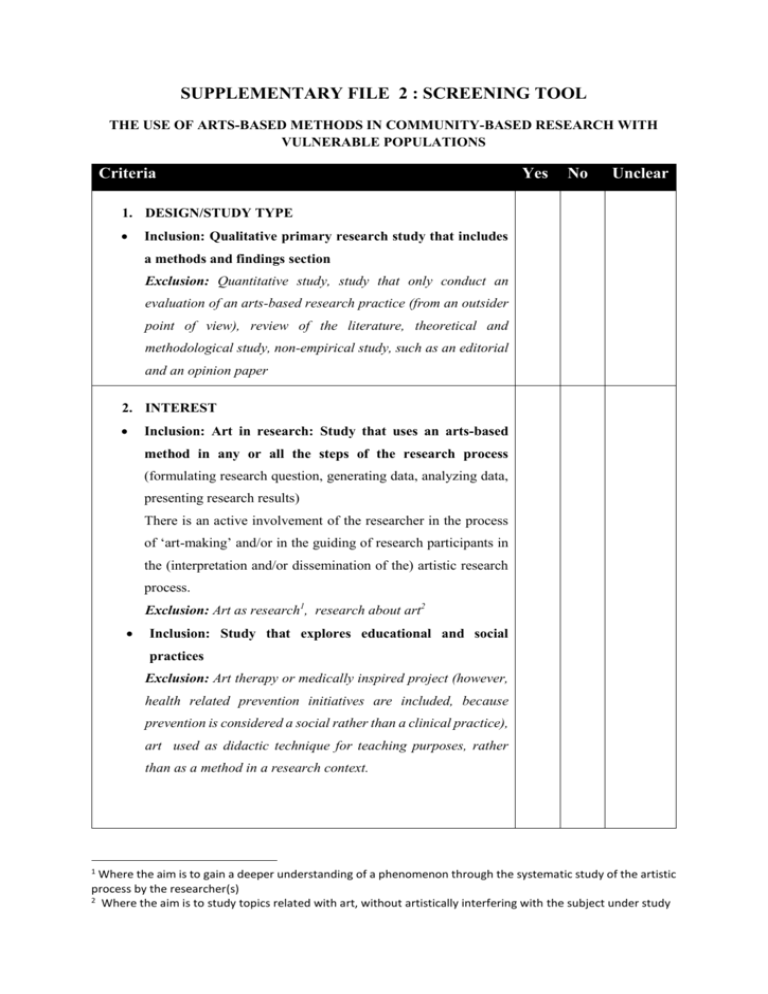
SUPPLEMENTARY FILE 2 : SCREENING TOOL THE USE OF ARTS-BASED METHODS IN COMMUNITY-BASED RESEARCH WITH VULNERABLE POPULATIONS Criteria Yes No Unclear 1. DESIGN/STUDY TYPE Inclusion: Qualitative primary research study that includes a methods and findings section Exclusion: Quantitative study, study that only conduct an evaluation of an arts-based research practice (from an outsider point of view), review of the literature, theoretical and methodological study, non-empirical study, such as an editorial and an opinion paper 2. INTEREST Inclusion: Art in research: Study that uses an arts-based method in any or all the steps of the research process (formulating research question, generating data, analyzing data, presenting research results) There is an active involvement of the researcher in the process of ‘art-making’ and/or in the guiding of research participants in the (interpretation and/or dissemination of the) artistic research process. Exclusion: Art as research1, research about art2 Inclusion: Study that explores educational and social practices Exclusion: Art therapy or medically inspired project (however, health related prevention initiatives are included, because prevention is considered a social rather than a clinical practice), art used as didactic technique for teaching purposes, rather than as a method in a research context. 1 Where the aim is to gain a deeper understanding of a phenomenon through the systematic study of the artistic process by the researcher(s) 2 Where the aim is to study topics related with art, without artistically interfering with the subject under study 3. POPULATION Inclusion: Study with a vulnerable population as its target group. Vulnerable populations are defined as those who are in some way subject to discrimination, intolerance, subordination and stigma. We include ethnic communities, immigrants, sex workers, the homeless, gay men and lesbians, homeless, vulnerable, refugees, minority groups, children, youth, elderly, women, people with disabilities. 4. SETTING Inclusion: Community-based: The community has to be actively involved in the research project. To be considered as a community, a group of people should share a particular interest defined as a state of common concern or curiosity, a topic of importance for that community, a particular cause. There has to be a shared benefit of the research project for the researcher and the researched. Exclusion: Study that shows no sign of active involvement of the target group, e.g. members of a community that are interviewed about phenomena of concern in their community but have no further role or interaction with other members in the context of the research, projects that are not meant to share or feedback findings to the community
